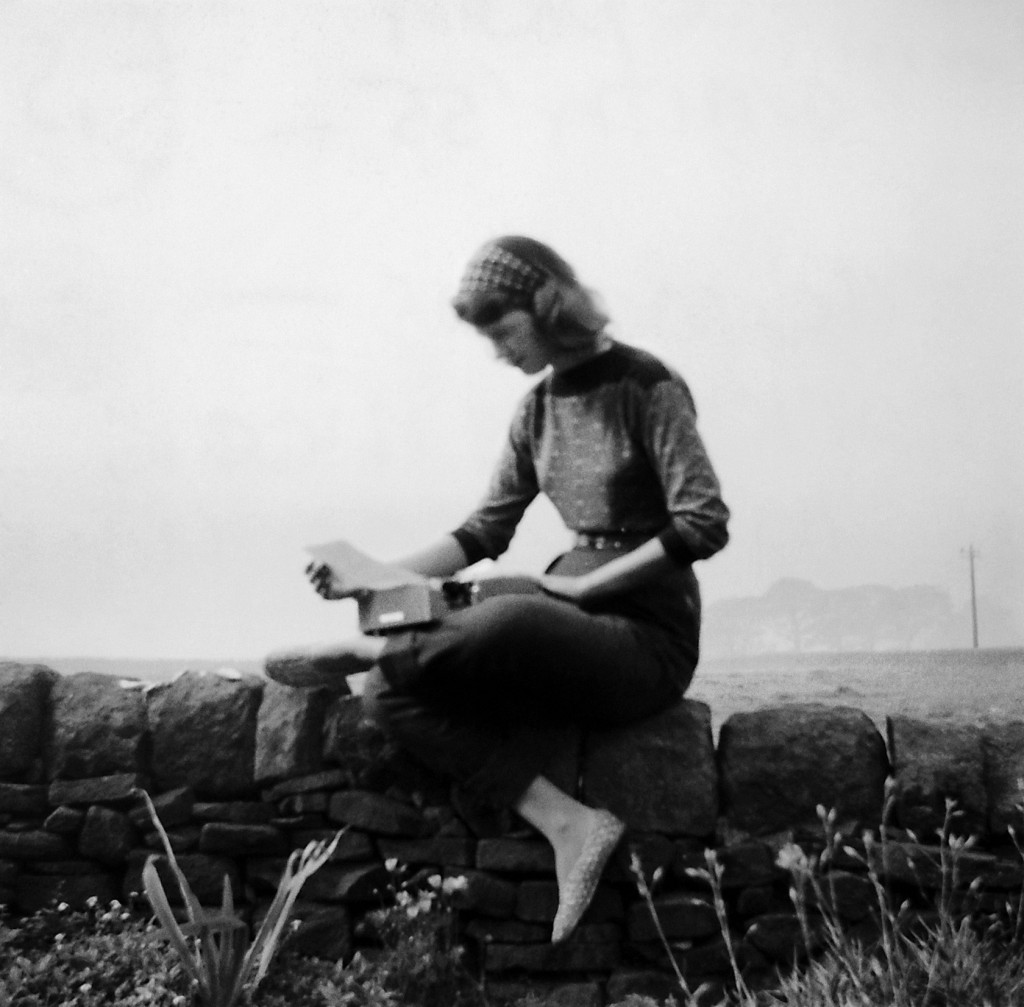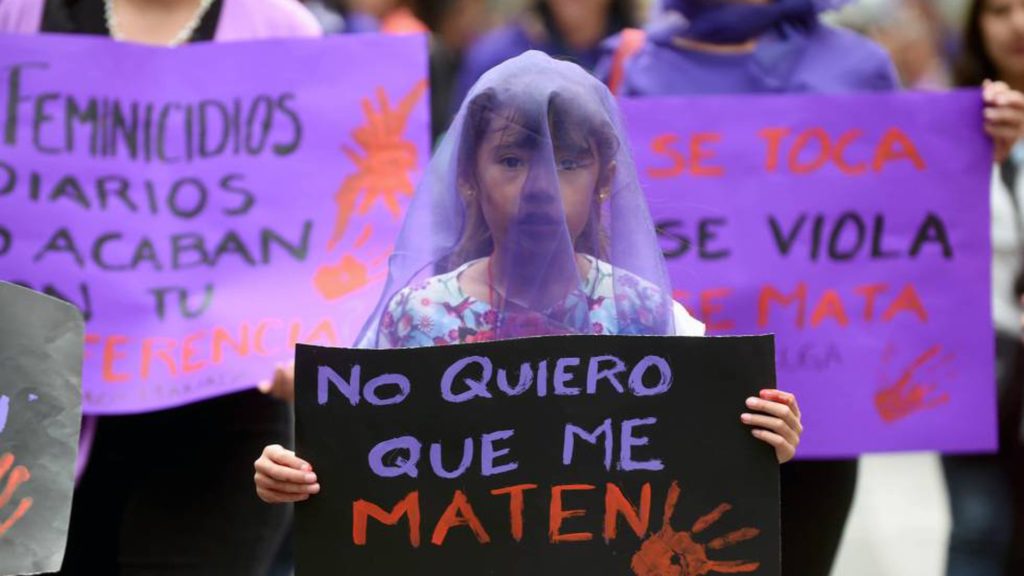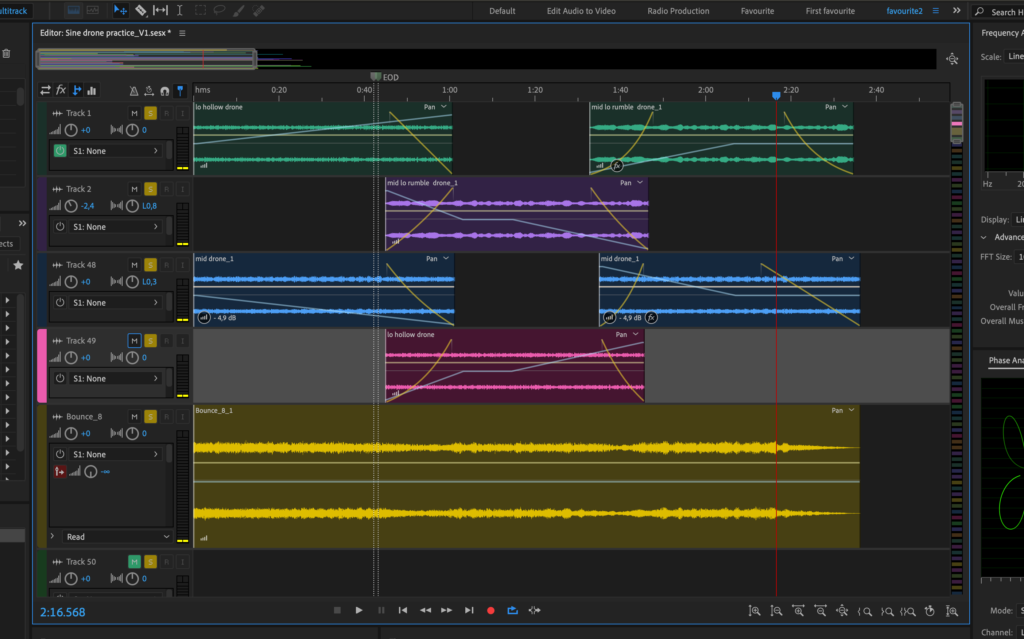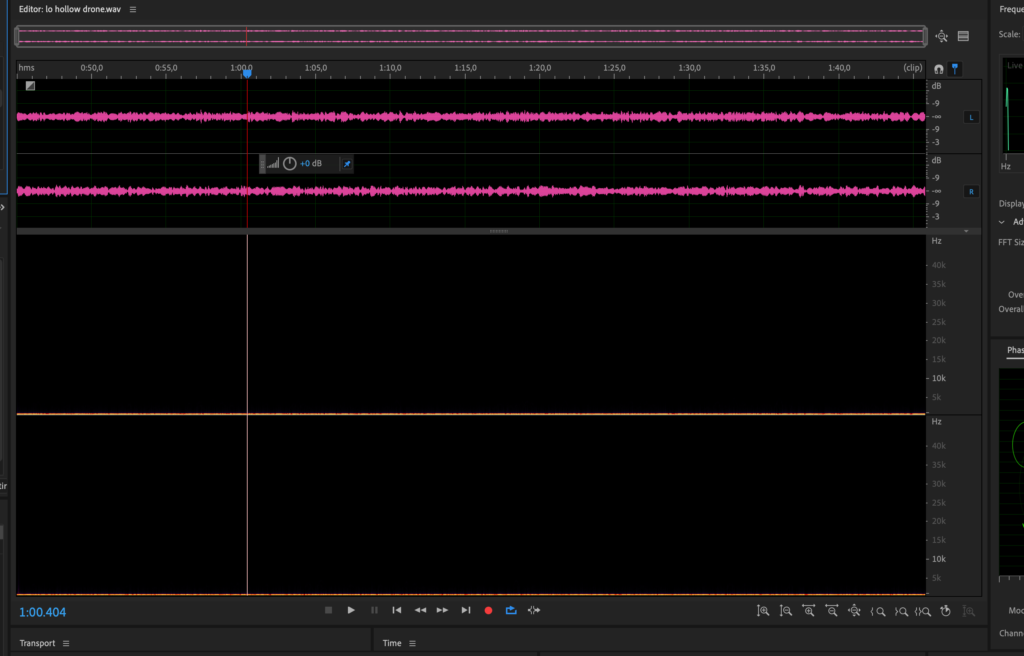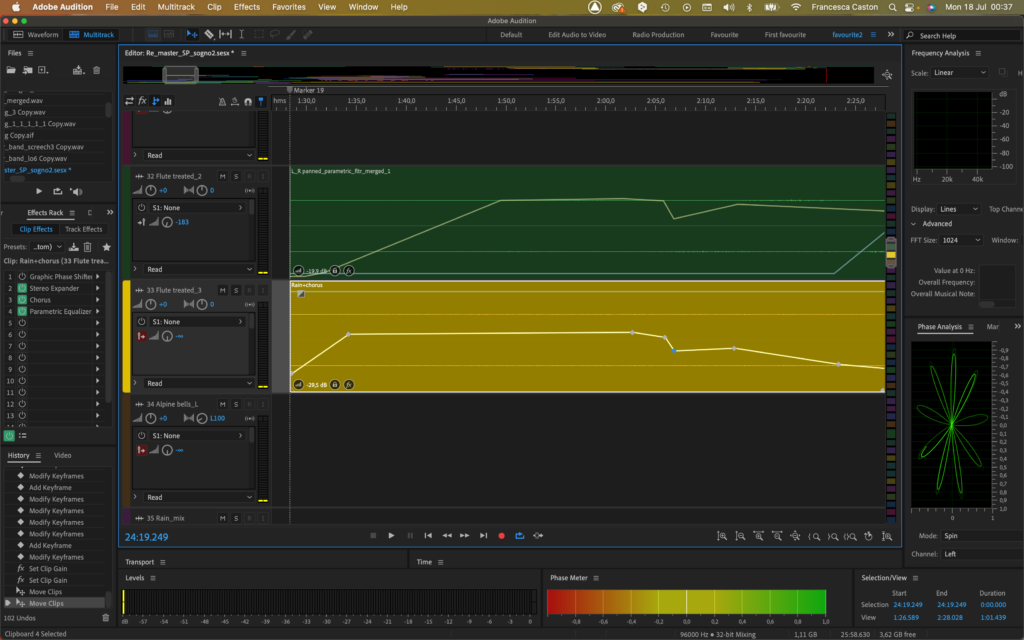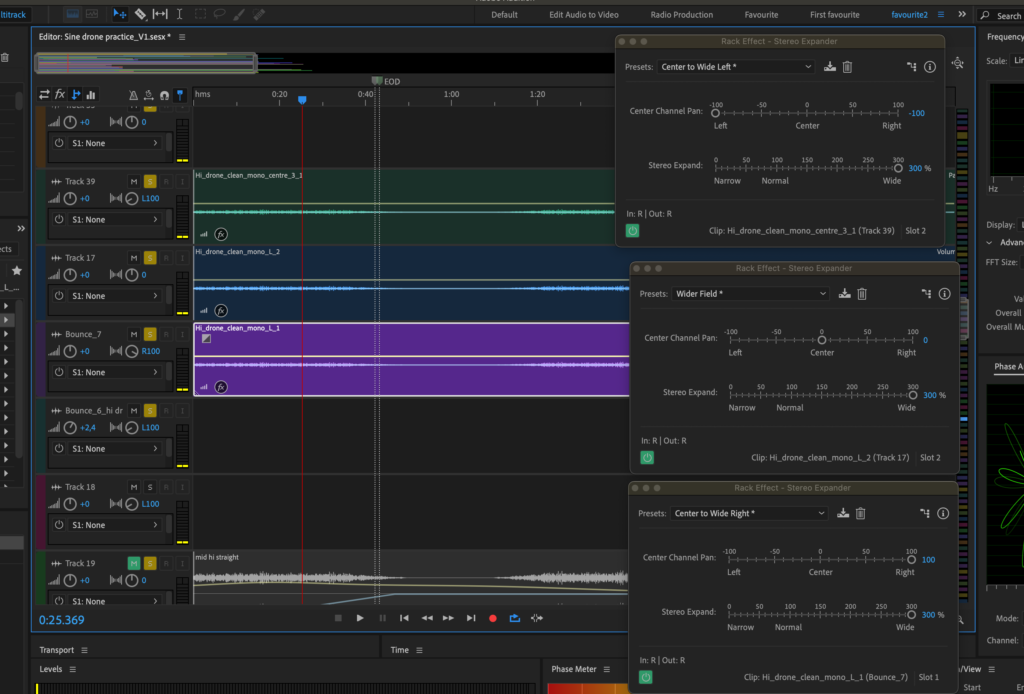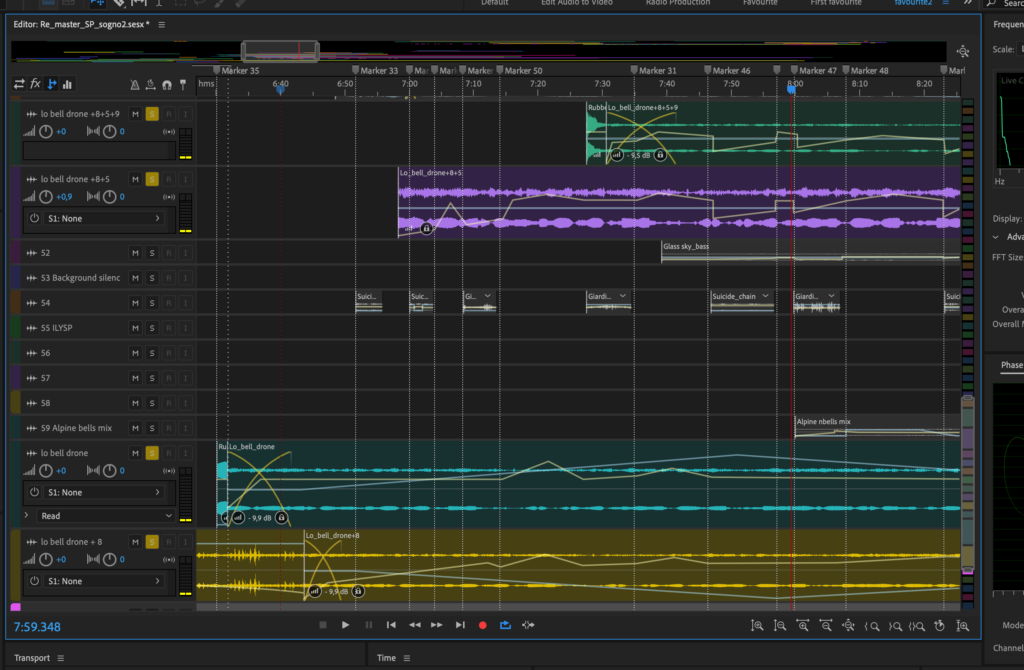Sylvia Plath: the Beacon, Heptonstall, Yorkshire, England, September 1956
I wasn’t sure what to write about this month since I had been so busy being active with my sisters of Non Una di Meno, after all, the patriarchy is not going to burn itself. However, I came across a post from Karrie Keyes, Soundgirls co-founder, on Facebook about Woody Guthrie and the song: This Land is Your Land, a song with a message, sometimes referred to as a protest song. These are the kind of songs often sung by artists such as Joan Baez, Pete Seeger, Bob Dylan, and Joni Mitchell to name but a few.
However, I changed my mind, but I will mention a song, very dear to my heart and is virtually a feminist hymn in Latin America and for us of Non Una di Meno Italy. Canción sin mieda – Song without fear.
This song really is a protest by the women of Mexico about the number of femicides in their country. When you watch this video, by the same time the following day, 11 women will have been murdered by men, and of those 11, four will be under the age of 14. Of the 11 murderers, ten will continue to walk freely, unpunished.
You can find the English lyric here and some appalling statistics
When I wrote my first blog, I spoke about returning to electroacoustic composition and seeing the art as close to the plastic arts in the sense of layering sounds on a blank canvas which gradually fills in layers creating the whole image. Of course, there are differences in the way these compositions move in time and develop; in this way, there is also an element of storytelling with a constantly evolving narrative. I do in fact use narrative visualization in my pieces, a process that seems to suit me well.
I also discussed in a previous blog what kind of composer I am. The mode of composition and the means of construction are loosely termed electroacoustic since the materials I use often start as acoustic sound samples, treated electronically. I also discussed the idea of being experimental and, as I shall demonstrate in the section on building drones, this is the principal means of producing music. But to this, can be added the process which shares much with painting; in the sense that I leave a piece at any given time in a state of non-completion and then add other layers and images to develop my story further at a subsequent session. So, since many of the more common musical elements are not always to be found in these pieces, avoiding the word music can be helpful and Sound Artist is a useful and accurate description of what I do: painting with sound. As a brief aside, if I tell people I meet that I make electronic music, their assumption that I might perform in a Berlin basement with flashing lights around me is often their first thought. In fact, for the moment anyway, my music sits within the classical tradition as a branch of the Avant-Garde; in time, I hope to develop and move into live improvised electronics as well.
So, the piece I want to talk about is in this style: acousmatic music on fixed media, able to be performed without the presence of performers other than someone at a mixing desk to diffuse the sound. The title then refers to my view of the composition process and refers to my dream of Sylvia Plath which became the genesis of the work; thus, painting a dream.
THE WOMEN have PERFECTED: a devotion in five moods
1: Il sogno – 0’:00” to 6:30”
2: The haunting – 6’:30 to 10’:40”
3: La conversación – 10’:40” to 16’:23”
4: La poème – 16’:23” to 20:21”
5: Der Abschied – 20’:21” to 24’:19”
The piece was inspired by a dream I had about Sylvia Plath. As a result, I felt compelled to write it. I had been previously thinking about a song cycle based on poems by lesbian writers or something based on the contours of the female body: back and shoulders. However, Sylvia Plath saved me from all that angst although I see this piece as devotional and confessional. The title is adapted from the first line of the poem Edge which I have adapted to express a bond between Sylvia Plath and me: she was perfected in death and I, as a queer woman, am now at ease with myself. The work was conceived as a whole but each mood suggests its own narrative thread. In fact, my music is always about people, feelings, and emotions, and I work best from a narrative line.
The narrative texts are short extracts from Sylvia Plath’s, ‘The Bell Jar, the poem ‘Edge’, and a couple of lines of my own. One section in particular, uses fragments of a recording I made on my way home from watching a film about the women of the Bauhaus. As a committed and active feminist, I belong to Non Una di Meno, I became quite emotional and angry at the way the women had been treated and in particular the Jewish women. So, these recordings, though not audio-perfect, have a documentary and aesthetic validity for me. Moreover, they were recorded minutes after the end of the film while my emotions were still wild and in a state of abandon, I recorded my feelings in Giardini Cavour with dogs barking and the rawness of my inquietude.
I feel very strongly about authenticity in art; in the sense that the act of creation has a purpose for the artist and in that sense, this work is authentically me in response to my dream about Sylvia Plath. As I shall make evident the inclusion of some sound samples are symbolic for me, e.g. the Swiss cowbells which feature in the second mood were recorded by my ex-girlfriend in Switzerland and their inclusion is important to me since they are part of a life lived, even if I make them sound like chains in a more horrific scenario.
Structurally, the work sits in a classical tradition, I would even venture to say, in the French musique concrète tradition since my teacher, Denis Smalley had studied in Paris and most of our study listening was of the French School; I can also trace this back to my interest in the Ars Nova of Notre Dame in the 13th and 14th century right
through to the present day where influences have been Eliane Radigue, Felicia Atkinson and Claire Rousay, artists I spoke about in last month’s blog (though Claire Rousay is actually from San Antonio, Texas). These artists, while appealing to a new generation, are still composing electroacoustic music.
When I work, I prefer to use Adobe Audition (ideal for what I want to do but prone to crash and has no MIDI) and audio files since I can process them, develop them, and assemble the composition in the same way I did with magnetic tape. I used a few frequency-modulated sine wave drones generated from Max MSP, but most of them are my own sound recordings.
1: Il sogno, (the sleep) is part sleep, part dream, part waking to the sounds of the city. This opening mood was the hardest for me and took a lot of repeated listening and small changes; in fact, the last change was today when I added an abstract bit of dialogue in response to a reflection on my current sense of self, placing it at the point where the six-part drone rises in frequency.
This screenshot shows the six separate files, each of which is often spectrum filtered from the full frequency file. For example, the low hollow drone was filtered by selecting a narrow band on the spectrum analysis; you can see that the upper partials have virtually been eliminated leaving the low (the word hollow was my subjective description to help in cataloging the files – see image below). Going back to the multitrack image you can see that I have tried to create a two-voiced drone in the lower range which overlaps and fades into the third part to become a higher-pitched drone. So, when I say, “I am rising,” referring to my sense of wellbeing, at the transition from low drone to high, the accompanying music (drone) also rises, rather like the musical word-painting of the late renaissance in, for example, Monteverdi madrigals. The bounce 8 (yellow) is the finished 6-part drone.
One other feature to note is the use of effects on individual clips/stems. In particular, the parametric equalizer which I adapted for maximum excitation of upper frequencies on the clips of raindrops on an umbrella; on the lower track also chorus and stereo expander. Typically, throughout the whole piece, I make use of automation of volume and panning.
2: the haunting is mainly dominated by drones as a kind of fundamental stability. Most of my drones are made from recorded sounds which, as well as being ‘spectrum filtered’ (Lo hollow drone, above) can also be treated in other ways. For this work, I make do with the Fx tools in Audition plus an Arturia reverb plug-in. Two examples of drone construction: in the example below, I copy three times extracting the stereo information to mono. Then pan hard left, right, and center and use the stereo expander to play with the width of all three clips once happy with the mix, I can bounce all three back to a single stereo track. I’m told that the mono signal is more solid/stable than the stereo one; it’s always worth a try
Here I have Soloed the four tracks that make up a chordal drone. They are made up of the resonance of a recording of a Tibetan bell, which may be stretched or looped and probably mixed with a reversed version of itself to smooth it out; I never really note what I do and, as a result, each processed sound, rather like individual spoken utterances, tends to be unique. So, my usual practice would be:
- Extract the resonance from the recording and usually I spectrum filter it into four frequency bands; low, mid, mid lo/hi (depending on where the interest is), and hi. If I go into the extreme hi, then I often have to raise the volume for it to be heard. A problem I often encounter in trying to use very high-frequency sounds is that they send the meters into the red even when they cannot be heard (I have rather aged ears).
- Join it to itself through making multiple copies and overlapping the joins, or • Stretch it and copy and reverse, maybe mix the original with the reverse • Through a process of bouncing mixdowns I arrive at a drone. • NB I can also carry out the same procedures with synth drones. In this
piece, I have only used Sine wave drones in different combinations; just trying to get a bit of frequency modulation, but doing it my way 😉 I used this patch with three combinations of synthesis. The one on the right was rather nice since I could produce a frequency-modulated drone in each channel with a lot of variables to play with: I even noted the frequencies of each oscillator.
What I did then was to copy and transpose the drones from low; plus an octave; plus an octave and a fifth, and then added the ninth (see Drone 9th chord below).
I have extracted the four individual tracks as a sound file so that you can hear how they are introduced in ascending order of frequency. The lowest and the highest drones have an attack placed in front, both made by twanging elastic bands over a Tupperware plastic box. The second gave me a screech (processed) which suited the piece of text at that point, and also heralds the entry of other materials.
Other things about this second mood are: it is the most nightmarish and contains some anguished dialogue which was recorded in anger and in sorrow. The drones are challenged by the flute sounds, the texts: some from the attempted suicide in Sylvia Plath’s novel, The Bell Jar, and my feminist rage at the mistreatment and murder of women of the Bauhaus. At this point, the gentle sound of alpine bells is transformed through the use of a parametric equalizer to excite the upper frequencies, making them sound more savage. A slow languorous melody creeps in disguised as a drone and makes itself noticed before thickening the texture in a crescendo towards the end of this mood.
3: La conversación is at the center of the work and eases the tension somewhat. The fact that this 24-minute work fell into five movements reminded me of the formal aspects of composition; this is my preferred ‘bridge form’ which balances a central movement by crescendo and decrescendo on either side. This form was much favored by the Hungarian composer Bela Bartok in his orchestral and chamber works. I’m not sure just how bridge-like my work is, but if I were to assign a tempo/mood marking to each movement, it would probably go like this: 1: Andante – waking up; 2: movimento – dramatic; 3: Allegretto – getting lighter; 4: Maestoso – dirge-like; 5: Crescendo a poco – gently leaving. So, if not classical ‘bridge form’, it’s as near a description as I can find in musical terms.
This movement is kind of transitional and contains a ‘meta-commentary’ on the whole work and its inception. The drones continue with the slow insistent melody blending in and playing with them. At the point where the meta-commentary refers to my decision to set one of her poems to music the melodies are introduced again but this time at intervals of a 5th and 8ve rather like the organum of the medieval period. These melodies were transcribed from the lines of a reclining nude seen at an art exhibition in Turin in 2019; the cello melodies were also derived from this source. Again, the flute sounds, purposely slightly spasmodic, add a touch of drive and urgency to what would otherwise be a very tranquil section of the music. The final part of this section continues with the conversation and ends with a slight thickening of the chordal texture and an increase in volume, creating a tension that resolves just after another affirmation, “I love you, Sylvia Plath’.
4: La poème is mainly just that, a reading of her poem Edge which was written shortly before she died. The text has been spliced and separated into units which I have adjusted to the rhythms of the organ accompaniment. The poem was read naturally and needed minimal treatment: parametric EQ and De-noise; the latter to eliminate the hiss introduced by the parametric EQ. The hiss had the potential to be quite disturbing since there were gaps between the clips containing the text. Another noticeable feature is the use of a chamber organ. I chose this in preference to larger instruments for its ‘reedy nasal’ quality. The time signature is 5/2 and due to its very slow tempo, it has a meditative quality. The drones continue but have mutated to be something else and as the frequencies beat gently against each other the overall sound is one of evolution and just one note change at 3’:20” creates a magical effect in its simplicity. The flutes continue to the end, albeit very flighty in nature.
5: Der Abschied gets its name from the last song of Mahler’s song cycle: Das Lied von der Erde. The farewell seemed appropriate for the end of the work. In fact, I broke one of my own rules, never to sing but I found the final word of the song: Evig (forever) in a suitable register for me. It is repeated twice, and the voice is doubled, one of them being pitch shifted by about 50-75 cents, enough to make it sound like two different singers and then each of the voices is panned hard right and left and put out of sync with each other to help separate the voices and create a slight bloom around them. When making these fine adjustments (I do the same with the doubled harmonica melody), I always turn off snapping and zoom in so that I have maximum control over the separation.
This section shares a common feature with the first, in that it is ‘collage-like; and to the recognition of this approach, I owe a debt of gratitude to the recently departed Mira Calix, whose album I referenced in my first blog. It opens with another ILYSP and followed by a soft chime that introduces a section that was an experiment, worth repeating in my view. Taking an idea about some of Eliane Radigue’s early feedback works, I recorded speaker feedback through the microphone of some text from The Bell Jar about suicidal intent, thus creating some echo delay in the voices and hi and lo feedback from the speakers. This was particularly gratifying to get some ‘old school vibe into the piece, as well as knowing that this passage is unique, and experimental even since I had no way of controlling it entirely. Even John Cage might have admitted that the uncertainty of the outcome, the chance element gives this section its experimental status. But hey, who cares about labels? I was just referring back to one of my earlier blogs, which kind of makes me feel that I’m being coherent in my haphazardness.
What else, oh yes! The harmonica melody was doubled, pitch-shifted and tweaked ever so slightly out of phase to create a pulsing kind of tremolo. The melody was based on the squeaky gate that you can hear in the footsteps passage. Out of sync/phase is a technique I have favored ever since hearing Steve Reich’s early ‘phase’ works; though I have yet to mimic, Eliane’s technique of running two or more loops of the same recording but of unequal length so that as they continue to run, they gradually get out of sync with each other through meeting up again at some point further on. These techniques are particularly successful when the acoustics of the listening space add to the listener experience.
This section makes use of conventional correlated melodies: cello, harmonica, and voice. The drones gradually drop out of the picture leaving just a high drone and one I jokingly called ‘Fontana Mix’ since the sound source was a fountain and running water (Fontana in Italian) and of course, Fontana mix is a famous early electronic piece by John Cage. The piece ends with footsteps, a squeaky gate, a cello, and voice
The piece will be published on Bandcamp quite soon, I hope. I am thinking of a different title, maybe:
- her blacks crackle and drag (lower case intentional) which is the last line of her poem.
- Confessions: voices of love and pain
- SLEEP – DREAM – TALK – LISTEN – FAREWELL
In the meantime, here is a link to the second, very troubled mood: The Haunting
https://soundcloud.com/francesca-caston/the
haunting?utm_source=clipboard&utm_medium=text&utm_campaign=social_shari ng
Harking back to the Canción sin mieda (song without fear) and remembering the (far too many) femicides around the world: stay safe, Sister!
So, from Torino…Hermana yo te quiero
